Fire and the Impermanence of Landscape

Next to certain mountain roads in Colorado are wooden signs bearing the words “FIRE DANGER.” Beneath that phrase are gaps where rangers can insert the words “LOW,” “MODERATE,” “HIGH,” “VERY HIGH,” or “EXTREME,” depending on local conditions. The word “EXTREME,” in white lettering against an angry red background, means everything can change with a single lightning bolt, abandoned campfire, or dropped match.
One of these signs is positioned along Highway 24, which joins my hometown with Colorado Springs. During spells of dry or windy weather, the sight of it causes a cold knot of fear to form in my stomach. Rain temporarily relieves the threat and the fear, but it cannot change the inevitability that the landscape will one day be something else.
My earliest memories of growing up in Colorado are of ambling, carefree hikes. My family came up with simple names for our most frequently hiked paths: the Butterfly Trail, the Shooting Star Trail, the Waterfall Trail. I loved and lived every part of my life in this landscape. For many years, though, I did not formally learn about it or consider its past and future. Aside from a memorable field trip up Pikes Peak in fifth grade, during which we studied the mountain’s four habitat zones (foothills, montane, subalpine, and alpine), information about local history and environments was mostly absent from schools in our town. Tourist literature tended to place more emphasis on mining and railroading history than it did the generations of Ute people who traveled through the canyons of Ute Pass. Nobody mentioned the facts that Pikes Peak was a sacred Ute site and that the Ute people were killed or forcibly confined to reservations away from the Pikes Peak region. The assumption in my town seemed to be that the mountains have always belonged to white settlers and always would.
It hurts to know that lakes may someday dry up and that rocks may someday be washed away. But it will never change my desire to go back home.
When I was 14, an apocalypse happened. That summer, a vast forest fire, fueled by drought and strong winds, consumed nearly 140,000 acres of national forest near my hometown, Woodland Park. The flames filled the sky with billowing columns of purplish-brown smoke and smoldering ash, blocking the sun. The Hayman Fire became the biggest in Colorado’s recorded history. It was caused by a Forest Service employee, a fire prevention technician, for reasons still known only to her. A decade later, the Waldo Canyon Fire, another human-caused wildfire, torched nearly 350 homes in Colorado Springs. Changed forest composition and a century of fire suppression contributed to the intensity of both the Hayman and Waldo Canyon fires. They burned so hot that nothing was left in some places.

A rural dirt road winds through part of the Hayman Fire burn area where a dense forest of pine trees once stood. Photograph by Brenna Swift.
My family and I have been walking parts of the Hayman Fire burn area for several years now. On these hikes, I finally began to understand change. In the burn area, it is as if a meteor struck, leaving an immense crater where dense stands of pine and spruce once grew. In this new space, light illuminates every boulder and every fold between the mountains; you can suddenly see the entire world. Photography has always been my way of appreciating this world, of finding joy in the colors of birds and the brightness of sunflowers. But now my photography is also about seeing and remembering a landscape that, by the time I return, may be altered beyond recognition.
Not long ago, the Denver Museum of Nature and Science hosted an exhibit called “Ancient Denvers,” with paintings that illustrated what the region looked like at various points in the planet’s history. Two hundred eighty million years ago, it was covered with Sahara-like sand seas. Those ancient sand dunes form the Lyons Sandstone that today stands as Garden of the Gods in Colorado Springs. Seventy million years ago, Colorado was at the bottom of the sea; 64 million years ago, it was a rainforest.

Sun streams through ponderosa pine trees after a hailstorm near Colorado Highway 67. Photograph by Brenna Swift.
Today, climate change and rapid population growth impact the Denver and Pikes Peak regions. On a level as fundamental as the shape of the mountains, some of which are scarred by mining, we are influencing what they will be next. The wildlife and landscape pictures I take show things that may one day disappear. This hurts. It hurts to know that my favorite childhood hiking trail was destroyed by the Waldo Canyon Fire, leaving dust and the skeletons of burnt trees. It hurts to know that lakes may someday dry up and that rocks may someday be washed away. But it will never change my desire to go back home.
Click images below to enlarge. All photographs by Brenna Swift.
Featured image: A stop sign scorched from the Hayman Fire of 2002 still marks an entry onto the 9J road in Pike National Forest. Photograph by Brenna Swift.
Brenna Swift is a Ph.D. student in the Composition and Rhetoric program in the English Department at University of Wisconsin–Madison, where her work focuses on disability studies, critical pedagogy, writing centers, and community engagement. Her goal as a writing teacher is to support college access and educational equity for students from marginalized groups. She is also interested in researching the ways people with disabilities use journaling to process their experiences and surroundings. In Madison, she has taught composition courses at UW–Madison and basic literacy courses in the community. She spends her spare time hiking, taking photos, writing, and traveling. Contact

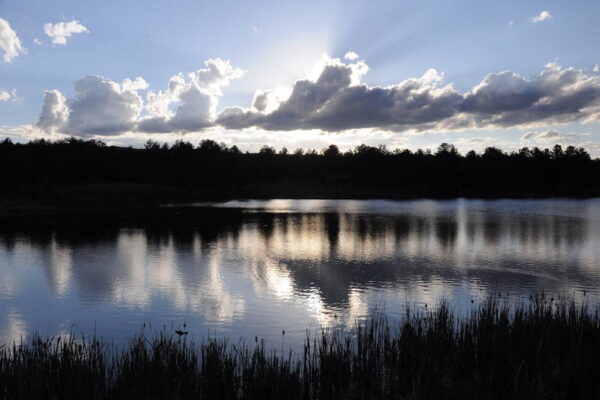
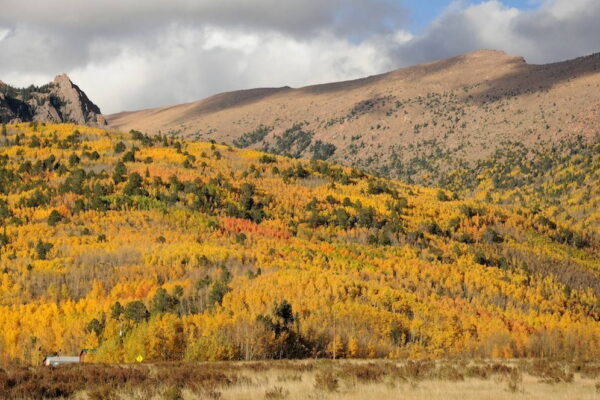
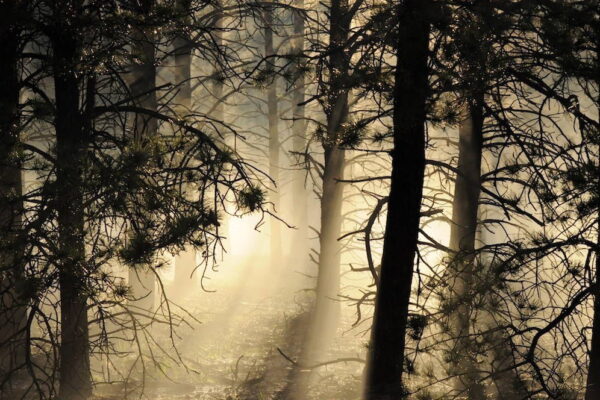

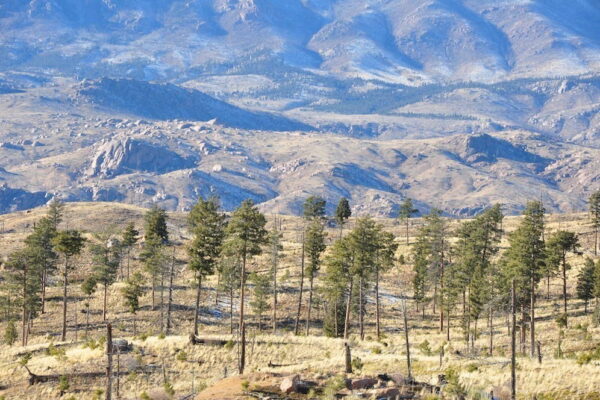

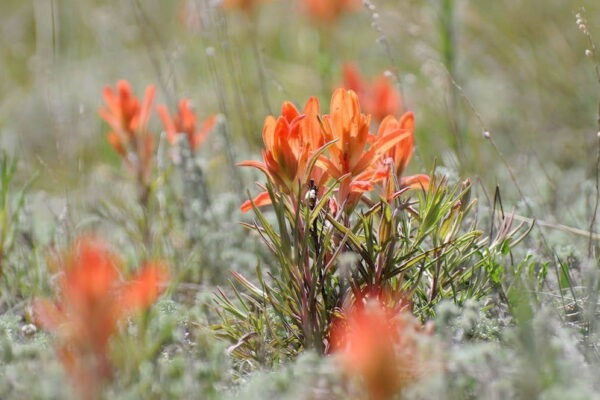
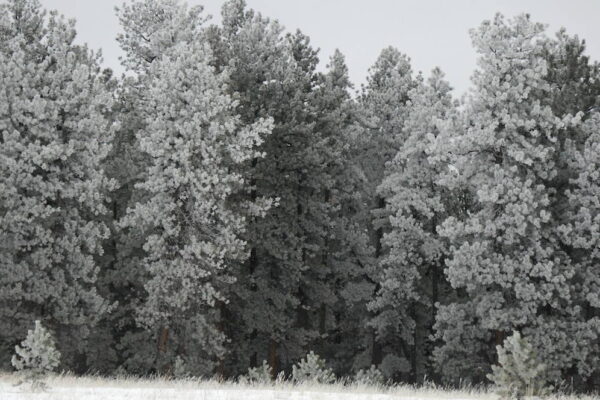
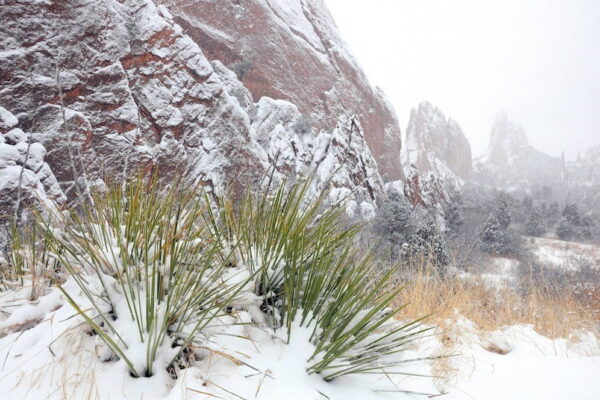
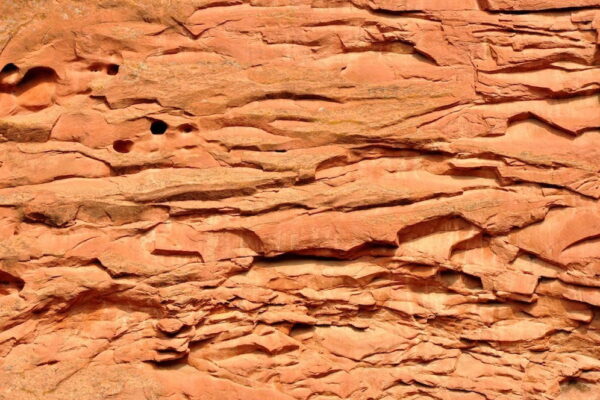
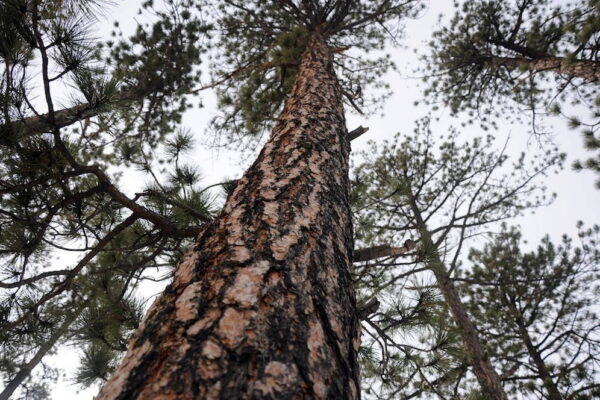
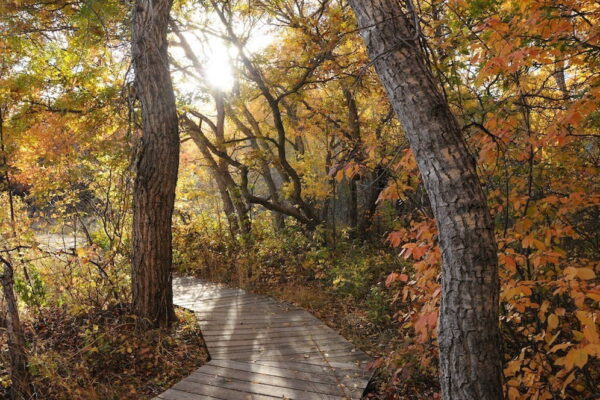
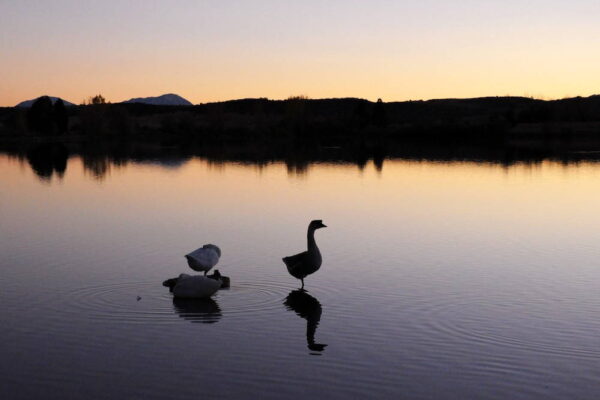
You must be logged in to post a comment.